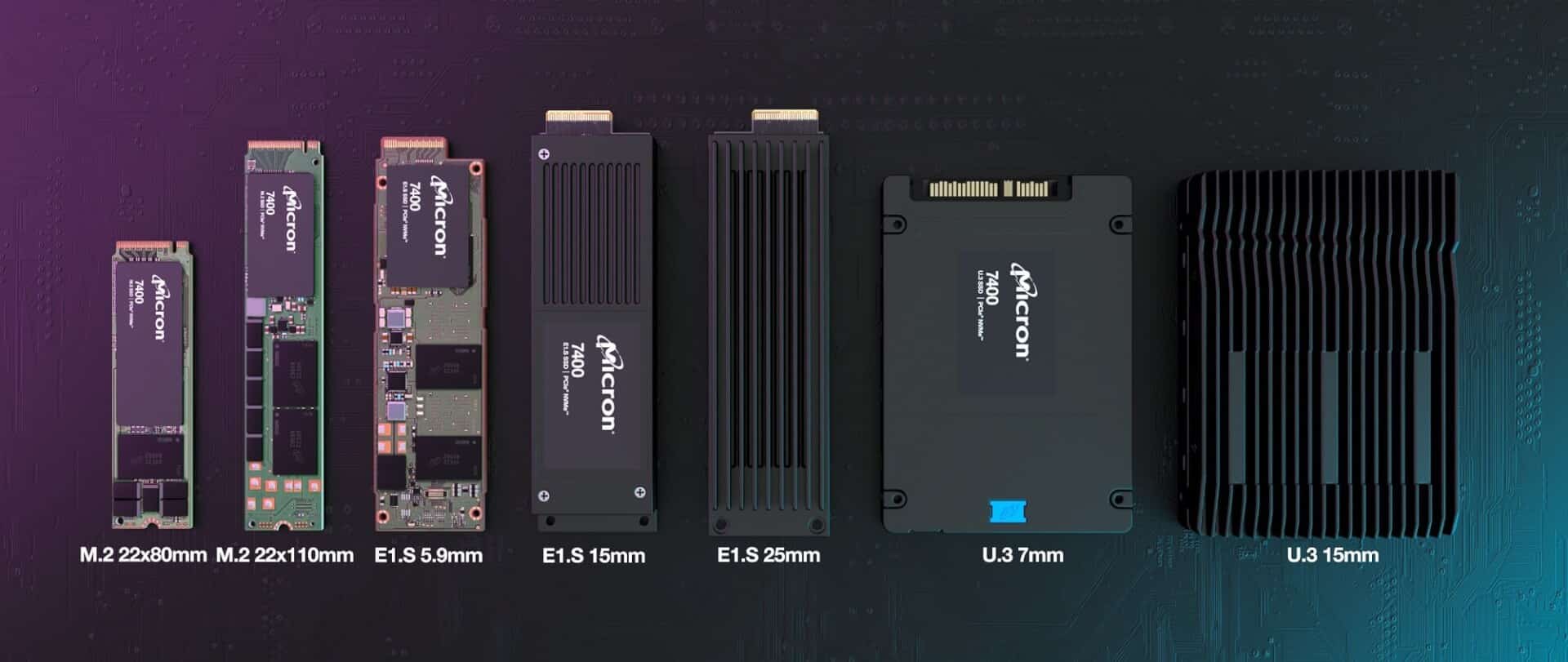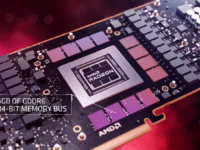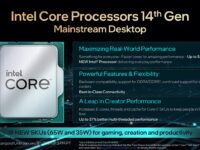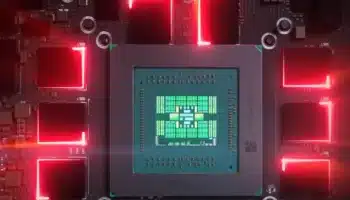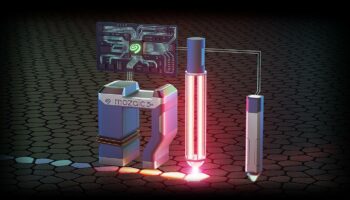If you want a top-of-the-line system, especially for gaming or content creation, then an SSD is absolutely necessary. However, before you go hunting for one, you should know what to look for. There are multiple different types of SSDs. As far as the basic SSD storage cells are concerned, you’ve got SLC, MLC, TLC, and QLC. Out of these, TLC is the most popular, though, QLC is going to eventually replace them. In terms of I/O, there’s SATA and NVMe.
Lastly, the latest SSDs are also based on 3D NAND/VNAND technology. This can make it really confusing to decide on one particular SSD. Let’s break all these terms down.
SLC, MLC, TLC, and QLC: These are Memory Cells
In HDDs, tracks are the building blocks of the storage memory. In SSDs, that same functionality is provided by cells. A cell is essentially a Gate Circuit. How much memory each cell can store depends on the type of cells an SSD uses. The most popular ones are SLC, MLC, TLC, and QLC. These stand for Single-Layer Cell, Multi-Layer Cell, Triple-Layer Cell, and Quad-Layer Cell.
- HDDs and SSDs: Which is Better for Gaming: Speed, Reliability, Lifespan, and Prices
As the names suggest, cells in SLC SSDs can store only one bit per cell. MLC stores two, TLC stores three, and QLC stores four. While this might seem like a “bigger is better,” situation, that’s not quite the case here. It’s easiest to increase capacity (at the same price point) with QLC drives since they require 1/4 as many cells as an SLC drive for the same amount of storage.
Bigger isn’t always better
It takes more time to write multiple bits to a single cell. This affects SSD durability, too. What this means is that SLC SSDs are actually the fastest and most reliable. But they’re substantially more expensive. Most commercial SSDs out there are TLC, which offers a reasonable compromise between performance, reliability, and cost.
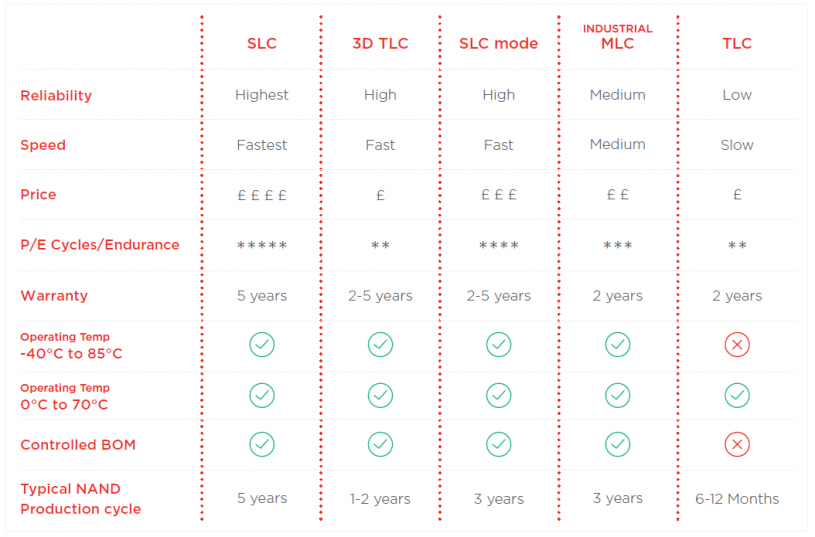
There’s a finite number of times that a cell can be read to and written from before it stops working. This is usually on the scale of several hundred thousand reads and writes, known as TBW (Total Terabytes Written). However, it does mean that SSDs have a finite limit to their usability, even if it can take several years to get there. These days SLC drives are pretty much non-existent, with MLC being limited to a few high-performance data centers.
TLC is the most popular, and paired with 3D NAND offers a very good balance between performance, durability, and price. QLC has started becoming popular now, and although still lags behind TLC in terms of speed and durability, they’re a fair bit cheaper. This has resulted in many OEMs using them in pre-built PCs. As such before you buy one, make sure to check the durability (TBW or Maximum Terabytes Written) of the drive and compare it to other TLC-based options. Even if a drive (that has crashed) is within the warranty period, a vendor may refuse to replace it if it has crossed the TBW value.
Connectivity: SATA vs NVMe: What’s M.2?
You might’ve noticed these terms in descriptions of SSDs and HDDs. They look scary, but they’re really not. Two of these simply refer to the type of input connector used. SATA is both a connector as well as an interface. It’s an old, legacy standard and all conventional HDDs leverage it.
The main limiting factor is that SATA’s maximum transfer rate is 600 MB/s. This isn’t a problem with HDDs since they top out below 200 MB/s. But SATA SSDs will be substantially slower than their theoretical max speed. NVMe SSDs read speeds, on the other hand, easily exceed 3,500 MB/s, with PCIe Gen 4 drives pushing 7,000 MB/s. Furthermore, SATA-based drives can perform only one kind of function at a time, read or write, not both. NVMe based M.2 SSDs can.
Another key difference between SATA and NVMe is with respect to command queueing or parallelism. SATA relies on the Advanced Host Controller Interface (AHCI) which can handle 32 pending commands in a single queue. NVMe, on the other hand, allows up to 64 thousand queues, and each queue can have up to 64 thousand commands at the same time. At the same time, NVMe draws fewer CPU resources than SATA due to its simpler complexity, and straightforward implementation.
NVMe works much like a multi-core processor, dividing longer tasks into smaller chunks that take less time and can be run in parallel. It’s capable of up to 440,000 random read IOPS and 360,000 random writes IOPS performance at a queue depth of 32.
On the downside, each system can have a limited number of NVMe SSDs, as the PCIe count in most consumer PCs varies from 16-24, with GPUs using up to 16 and a couple used by network adapters. This leaves room for just 2-3 NVMe drives on a desktop PC. In comparison, most mid-range to high-end PCs can easily accommodate up to 8 SATA SSDs.

M.2 is simply a newer connection type. It slots right into your motherboard on an M.2 socket and can be connected to either a SATA or PCIe bus. M.2 SATA SSDs are smaller and thinner but still deliver SATA speeds. Meanwhile, M.2 NVMe SSDs connect through PCIe lanes on your motherboard and are smaller, thinner, and a whole lot faster. If you want the fastest storage, an NVMe SSD, connecting over M.2 is the way to go.
3D NAND and VNAND: These are Layers
What happens when you got no space remaining around you? You go up. That’s basically what 3D NAND does. Traditionally, NAND cells were arranged in 2D. The more the number of cells, the larger the drive capacity (increased memory per chip). But as the demise of Moore’s Law has taught us, there’s a limit to how much you can shrink silicon.
So since there’s no place for the cells in 2D, we start stacking them one upon another. This is called 3D NAND. It is not only cheaper but faster as well as more power-efficient. This video explains it quite well. Manufacturers often pair TLC and QLC based SSDs with 3D stacking or VNAND to further improve the price-performance ratio, making the drives more affordable.

Samsung’s VNAND technology is their version of 3D NAND, with some proprietory modifications in between.
Higher density SSDs basically have a higher layer count. These days up to 96 layers of cells are stacked in consumer and enterprise SSDs. An estimated density of 1Tb is expected for 100-layer NAND chips.
We hope that cleared up everything about SSDs. If not, let us know in the comments section below.
